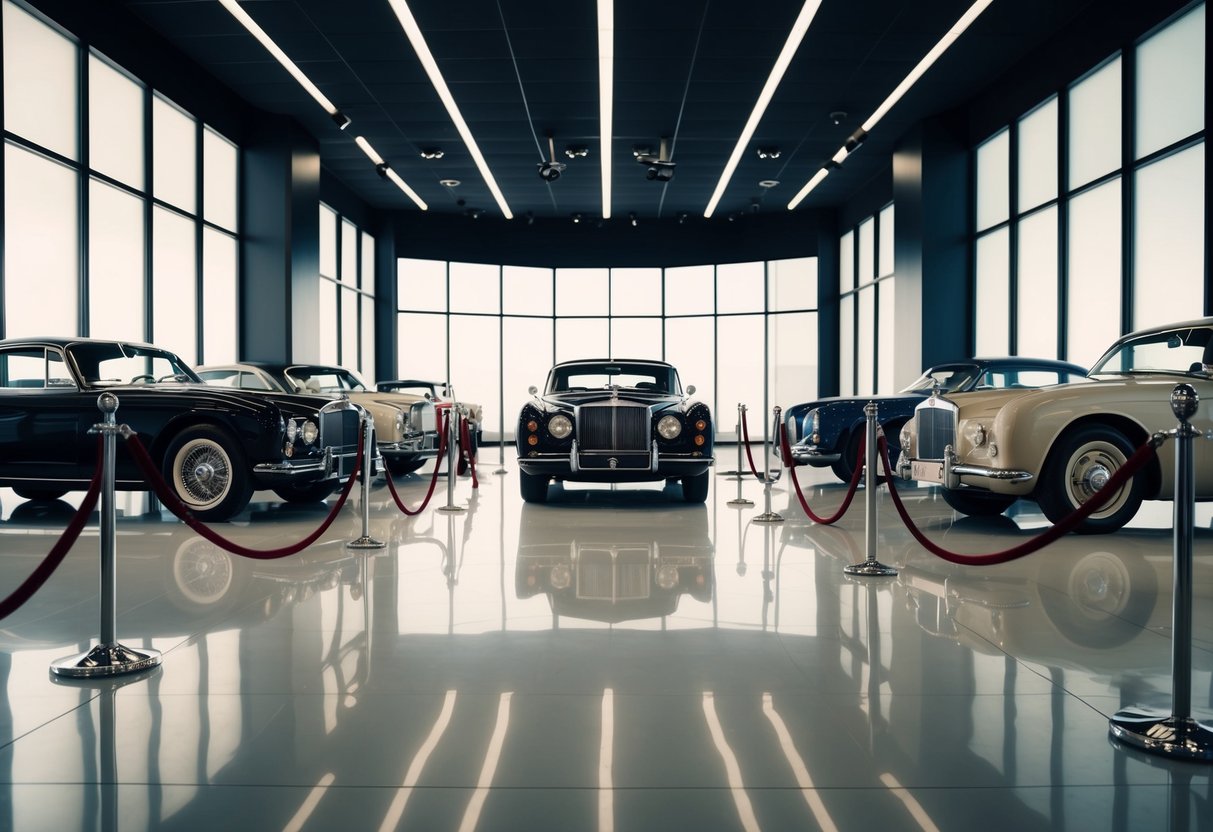
The Luxury of Duesenberg and Cadillac
Duesenberg and Cadillac represent the height of American automotive luxury, each bringing their distinct opulence and innovation to the forefront. The Duesenberg Model J, introduced in 1928, is renowned for its exceptional engineering and extravagant design. It became a status symbol among the elite, revered for its incredible performance and elegance.
Cadillac’s Eldorado series, first launched in the 1950s, showcased cutting-edge technology and lavish comfort. This model encapsulated the luxury vehicle experience, offering features that were ahead of its time. Both Duesenberg and Cadillac demonstrated how automotive engineering could elevate the driving experience beyond mere transportation, turning vehicles into works of art and luxury.
European Elegance: Porsche and Jaguar
Porsche and Jaguar continue to embody European automotive elegance with their legendary models. The Porsche 911, introduced in the early 1960s, is celebrated for its timeless design and superior performance. Its rear-engine configuration and iconic silhouette make it instantly recognizable, a hallmark of German engineering excellence.
The Jaguar E-Type, launched in 1961, captivated audiences with its breathtaking design and formidable performance. Enzo Ferrari once dubbed it “the most beautiful car ever made,” a testament to its aesthetic appeal and engineering prowess. Both Porsche and Jaguar reflect a blend of timeless style and cutting-edge technology, securing their status as legends in the luxury car realm.
Mastering Car Restoration
Restoring classic luxury cars is an intricate art that requires thorough attention to detail. It demands skill in the restoration process, sourcing rare parts, and applying effective preservation techniques to maintain the car’s authenticity and value.
The Restoration Process
Engaging in a car restoration project involves several critical steps. Initially, assessing the vehicle’s condition is essential. This involves evaluating the car’s bodywork, chassis, and mechanical components. Dismantling the vehicle allows for a precise inspection and repair of hidden damages.
Addressing rust removal, dent correction, and repainting requires expertise, ensuring that each stage honors the car’s original craftsmanship. Technicians should be well-versed in mechanical restorations, paying close attention to reviving the engine, suspension, and electrical systems to optimal performance.
Every detail, including upholstery and interior restoration, plays a significant role in reviving the car’s original feel and appearance.
Finding Rare Parts
One of the challenges of classic car restoration lies in sourcing rare parts. These essential components are often discontinued, making them difficult to locate. Networking with other enthusiasts, attending car auctions, and joining clubs can provide valuable leads.
Online marketplaces and specialty sites dedicated to vintage car parts have also become crucial resources. Restorers must verify the authenticity and condition of these parts, ensuring they align with the car’s original specifications. Reproductions, while sometimes necessary, should be well-crafted to maintain the car’s heritage.
Resourcefulness and patience are key attributes when committing to this aspect of the restoration project.
Preservation Techniques
Preservation is key to maintaining a car’s condition post-restoration. Regular maintenance routines such as fluid checks, engine runs, and cleaning are vital. Storing the vehicle in a climate-controlled environment helps manage humidity and temperature, which can affect the car’s materials.
Keeping detailed records of restorations and regular servicing supports the car’s documented history, enhancing its value. Embracing modern technology, such as protective coatings, can offer additional protection against the elements.
Understanding long-term preservation strategies ensures the car lasts for future generations to appreciate its historic beauty and craftsmanship.
The Evolution of Automotive Design
Automotive design has transformed extensively over the past century. This evolution reflects advancements in technology, shifting cultural trends, and the creativity of visionary designers who left their mark.
Decade by Decade
The 1920s ushered in the era of Art Deco, characterized by geometric patterns and bold lines. Cars like the 1929 Duesenberg Model J epitomized luxury with their opulent styling and advanced engineering.
In the 1950s, emphasis shifted to curves and chrome, as seen in models like the Chevrolet Bel Air. Post-war prosperity sparked an interest in flamboyant and futuristic designs, marking a distinct departure from earlier aesthetics.
The 1970s responded to fuel crises with a focus on efficiency, altering design philosophies. Boxier shapes, such as those of the Ford Pinto, emerged as aerodynamics became crucial. Each decade brought distinct changes that mirrored societal and technological shifts, creating a dynamic tapestry in the history of automotive design.



